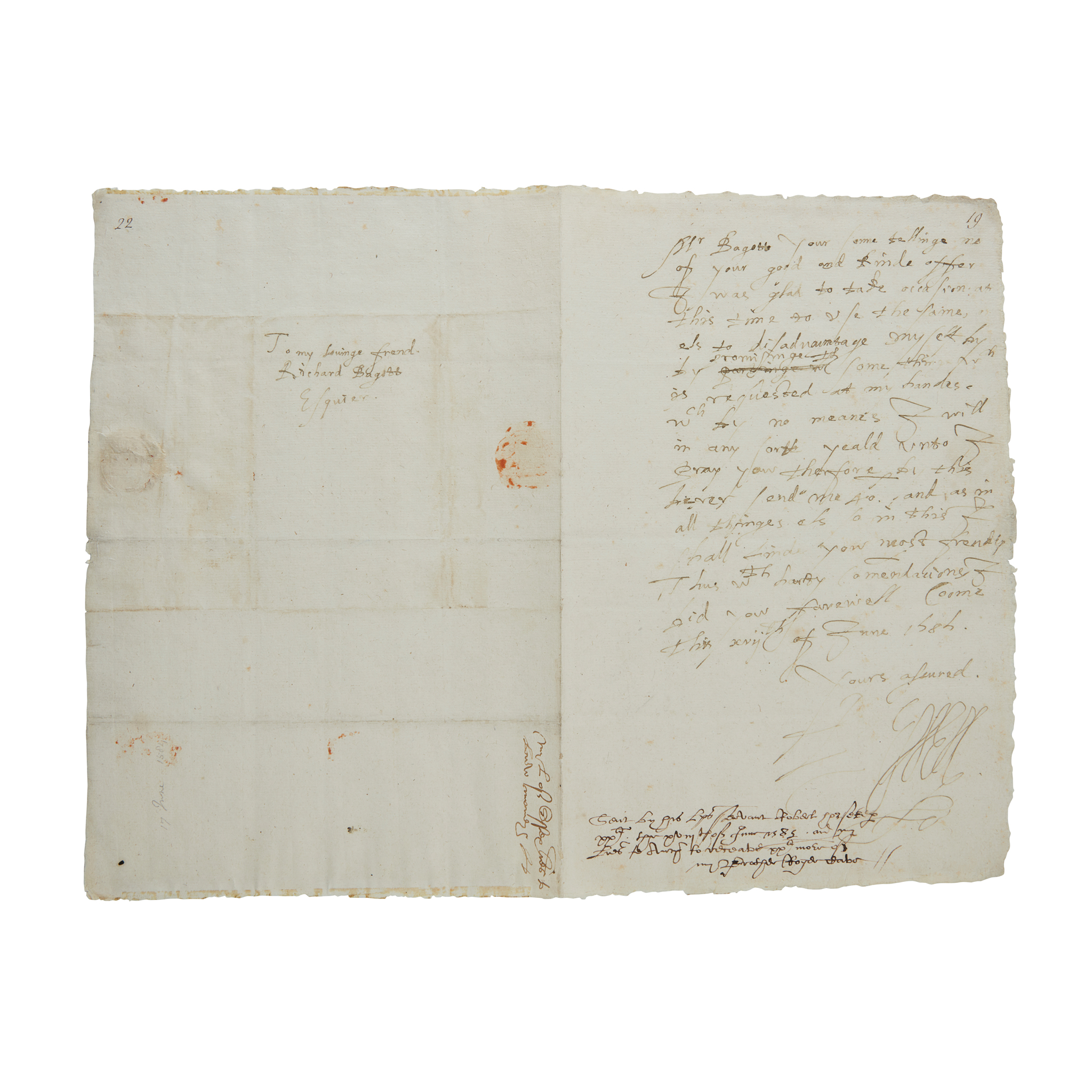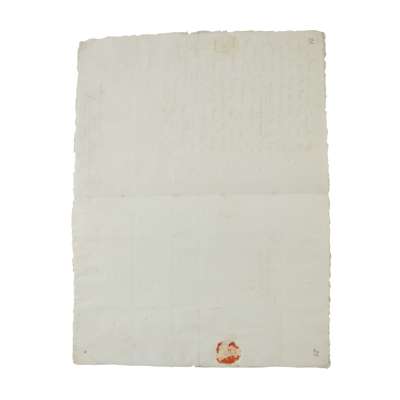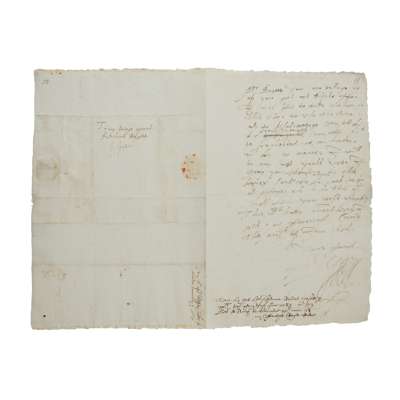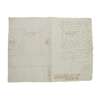
Lot 181

Essex, Robert Devereux, 2nd Earl of (1565-1601)
Autograph letter signed to Richard Bagot, 17th June 1585






Rare Books, Manuscripts, Maps & Photographs
Auction: 07 February 2024 from 10:00 GMT
Description
single bifolium (31 x 20.5cm), written on one side, 17 lines and signature ('R Essex'), ‘Mr Bagott, your sonne tellinge me of your good and kinde offer I was glad to take occasion at this time to use the same … I pray you therefore by this bearer send me 40 [pounds] …', annotated at foot, conjugate address panel addressed by Essex ‘To my lovinge frend Richard Bagott Esquier’ and with contemporary endorsement
Footnote
A young Essex, on the eve of his presentation at court, gives a hint of the improvidence which would eventually lead to his downfall. Richard Bagot (c.1531-1597) was an influential Staffordshire landowner whose seat at Blithfield was near Essex’s at Chartley. He was steward of Elizabeth I’s land holdings in Staffordshire and served as sheriff and deputy lieutenant of the county. He had been a close associate of Essex’s father, the first earl, and remained an important ally of the family. Bagot’s son Anthony (1558-1622) was a member of Essex’s household and his closest associate during his time at Cambridge; he was later pardoned for his role in Essex’s rebellion. It is also possible that ‘Your sonne’ is Richard Broughton (1542-1604), Bagot’s son-in-law and Essex’s man of affairs.
On the death of his father in 1576 Essex inherited enormous debts amounting to some £18,000. His free spending as a youth did little to help his family’s finances. He spent the summer of 1585 at Chartley, under pressure from his mother to give up his life in the country and go to court. He did so in September of that year, though made little initial impact and suffered the inconvenience of his family seat being expropriated for the imprisonment of Mary Queen of Scots. In December, however, he accompanied his stepfather Robert Dudley, Earl of Leicester to the Netherlands and was given the prestigious appointment of colonel-general of the cavalry. The following year he returned to England as a war hero, and quickly caught the queen’s eye.
Further reading: Memorials of the Bagot Family, 1824, p. 25 et seq.





